Where does real cedar grow, because Siberian pine grows in Russia
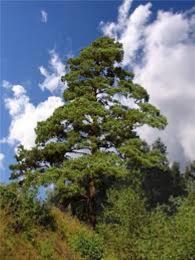
Cedar in our country we are accustomed to calling Siberian pine (also known as cedar pine and Siberian cedar). In fact, these are completely different plants.
Content:
- Cedar and cedar pine
- Where and how long does real cedar grow?
- Where do cedar pines grow?
- Pine nuts
- Is it possible to grow real cedar in the middle zone?
- Features of growing cedar pine
Cedar and cedar pine
Cedar and Siberian pine are evergreen trees belonging to the pine family. Like all conifers, they are similar in appearance. But there are enough differences.
What does cedar look like?
Monoecious plant. It reaches a height of 40-50 m. It has a spreading crown. The trunk reaches 3 m in girth. The bark cedar dark gray. In young plants it is smooth, but with age it cracks and takes on a scaly appearance. Shoots can be shortened or elongated. On long branches the needles are arranged in a spiral.
The leaves are sharp, needle-shaped. Each needle has 3 or 4 edges. The color of the needles is dark green, blue-green or silver-gray. The leaves have stomata on all sides. Needles grow on the leaf cushion in bunches of 30-40 pieces.
At the ends of the short branches there are spikelets surrounded by needles. The length of the spikelets is about 5 cm. The stamens on them are arranged in a spiral. Each stamen has two anthers.
Cedar cones are arranged vertically upward, one at a time. They are shaped like an egg or a barrel. The scales look like tiles and are arranged in a spiral.
At the base of each scale there are two seed cavities. The seeds are triangular, covered with a thin film. 1/10 of their weight is made up of large wings.
The cedar tree blooms in autumn. Some plant species live for several thousand years.
What does Siberian look like? pine
A monoecious plant reaching more than 40 m in height. The trunk has a girth of up to 2 m. The crown is dense with several peaks. The bark is gray-brown, smooth in young trees and cracked in adults.
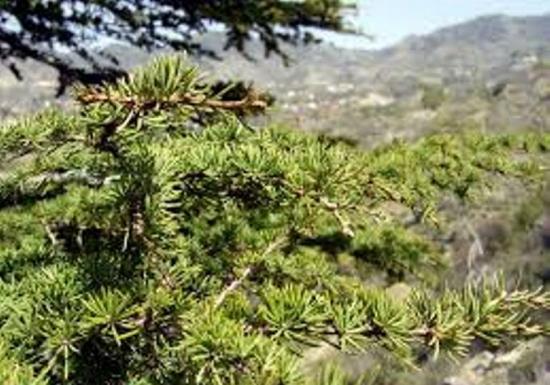
The branches of the pine pine are thick, the shoots are short.
The needles are soft, about 10 cm in length. The color of the leaves is dark green with a gray-blue tint. Triangular needles are collected in bundles of 5 pieces.
At the ends of the branches there are cone-shaped buds up to 1 cm in length. The kidney scales are long and pointed.
Male cones grow at the base of the branches, and female cones at the ends. Their shape is ovoid, 5 cm wide and 12 cm long. Young buds are purple, then darken to brown. Wide diamond-shaped scales are tightly pressed and covered with hard hair. At the tip of each scute there is a white process.
The cones ripen for more than a year until next autumn. They fall off entirely without crumbling.
Each cone contains 30-150 nuts. The seeds reach 1.5 cm in length and 1 cm in width. They are ovoid in shape and dark brown in color. There are no wings. Fruiting begins after about 60 years. The total lifespan is up to 800 years.
Where and how long does real cedar grow?
There are several types of real cedar.
Lebanese
This type of cedar has several distinctive features:
- flat top;
- barrel-shaped lump;
- dark triangular projection on the upper edge of the seed scale.

The plant lives at an altitude of 1000-2000 m above sea level in the Turkish Taurus and Antitaurus mountains, in Lebanon and Syria. In Russia, this tree grows on the coast of Crimea.
Lifespan of Lebanese cedar – 2000-3000 years. Crimean representatives of the species live less - 150-200 years. This is due to the calcareous soil, which is unsuitable for the plant.
Himalayan
The crown of the plant looks like a wide cone. The branches are located horizontally, bending down at the ends. In its natural environment it lives in East Asia: in the north-west of the Himalayas, in the mountains of Pakistan, Afghanistan, Nepal, India. It grows at altitudes up to 3500 m above sea level.
The lifespan is 1000 years. In favorable conditions it lives up to 3000 years.

Cyprus (short-coniferous)
This type cedar differs from its relatives in short needles up to 1 cm, short height up to 12 m and smaller cones. The shape of the crown changes with age. At first it looks like a cone, then it takes on a wide-spreading shape, and in old age it becomes like an umbrella.
The Cyprus cedar lives in the lower zone of dry coniferous forests of the island of Cyprus. Some biologists classify it as a variety of Lebanese cedar. The plant lives up to 500 years.
Atlas
It has a pyramidal crown. With age, the top becomes flat. The leaves and cones are smaller than those of the Lebanese variety, but larger than those of the Cyprus cedar. Some botanists classify the tree as a Lebanese species.
Lifespan – 800 years. In the wild it grows at an altitude of 1300-2000 m above sea level on Mount Atlas in Morocco, Algeria and Tunisia.
Thanks to artificial propagation, all plant species, except short-coniferous ones, now grow in Russia on the Black Sea coast and the south of Central Asia.
Where do cedar pines grow?
Siberian pine is a much more common species. In the wild it lives in the taiga, mountains and swamps. Found in Mongolia and Northern China.
In our country it grows mainly in Western Siberia. In Eastern Siberia it grows closer to the southern border. Grows in Central and Southern Altai. To the west of the Ural Mountains, the tree is distributed as far as the Timan Ridge.
Cedar pine is also found in the European north of Russia. In these areas it predominates in the Arkhangelsk and Vologda regions. Several trees remain in the Kostroma region.
Pine nuts
What we used to call pine nuts has nothing to do with cedar. The seeds of true cedar are inedible. Siberian nuts are eaten as food. pine trees
Pine nut shells are widely used. Their oil has found application in cosmetology.
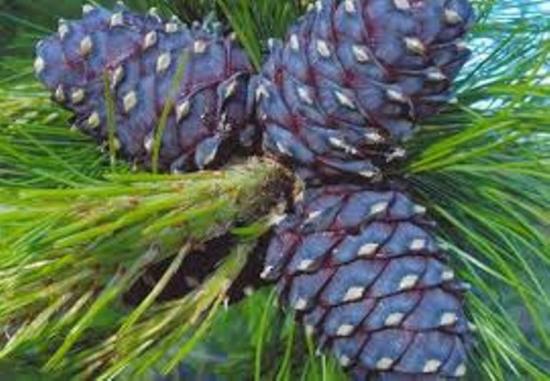
Cedar pine seeds are rich in vitamins and microelements.
They have many useful properties:
- increase physical and psychological tone;
- improve brain function;
- slow down the aging process;
- reduce the risk of cancer and cardiovascular diseases;
- strengthens skin, hair, and nails;
- have a beneficial effect on the nervous and reproductive systems;
- increase potency;
- normalize blood clotting;
- stimulate independent production of vitamins;
- maintain normal hemoglobin;
- promote the production of collagen necessary for joints and skin;
- normalize water-salt balance;
- strengthen bones;
- increase attention;
- improve memory.
Infusions and decoctions are made on the shells of cedar seeds. Due to their anti-inflammatory effect, they are used to treat wounds, ulcers and other manifestations of skin diseases. When consumed internally, the functioning of the gastrointestinal tract improves.
The oil is used in medicine as part of ointments and inhalations. As a cosmetic product it helps in the restoration of hair, eyelashes and skin. It is added to creams and masks.
Is it possible to grow real cedar in the middle zone?
It is believed that true cedar can withstand frosts down to -30 C. But this is only true for a short-term drop in temperature. winter middle zone the tree will not tolerate it.
In our country, real cedar is found only on the Black Sea coast.
In colder regions, dwarf breeds are grown at home. Unfortunately, you won’t be able to enjoy this mighty beauty in your garden.
Features of growing cedar pine
But Siberian pine in Russia they are successfully grown in any climate. The main thing is to take a responsible approach to choosing a site for planting and properly care for the plant.
For the first 5 years, the tree is grown at home in a pot. Only after reaching a height of 1 meter is the plant transplanted into open ground.
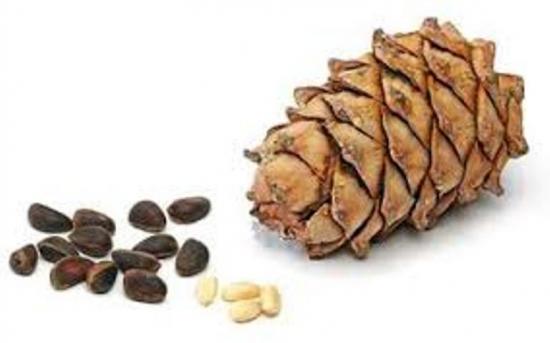
The sprout or seed is planted in a spacious container so that the root system is comfortable. The pot must have drainage holes and a tray to drain excess liquid.
The soil should be loose and fertile, without peat. To protect against pests, oxidizing agents are added to the soil.
A root growth biostimulator is used as a top dressing. Preference is given to special fertilizers for coniferous plants. Excessive use of additives will harm the pine tree.
Siberian pines love abundant watering in the hot season. In summer, the soil around the tree is moistened as it dries. In autumn, watering is reduced, and in winter it is stopped altogether.
To bring the conditions as close as possible to their natural habitat, the tree is placed on a balcony or outside for the winter.There is no need to cover the plant.
When planting in open ground, the choice of site is important. It should be taken into account that the pine tree has a spreading crown. A mature tree will need enough space.
When planting in groups, maintain a distance of at least 7 m between plants. It is necessary to retreat at least 3 m from the walls of buildings.
Cedar pine loves sunlight. At the same time, it is resistant to cold and winds. A well-lit hill will be optimal for planting. It is worth giving preference to loamy, loose soil without an excess of groundwater.
Siberian pine is frost-resistant. In winter it is not covered or mulched. It does not need fertilizing or watering.
Tree pruning is done in the spring. It is enough to remove dried branches. Decorative shaping is usually not required. For the procedure, use sharp pruning shears disinfected with alcohol. The cut areas must be treated with varnish.
Cedar is a beautiful and powerful plant. Unfortunately, only residents of the southern regions can become its owner in our country.
The rest of the gardeners can only enjoy the Siberian pine on a personal plot. She has little in common with a true cedar, but she is also very beautiful.
Get even more information about Siberian pine by watching the video:

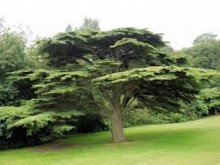
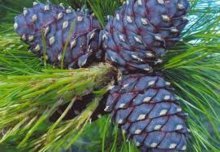
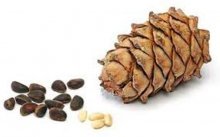
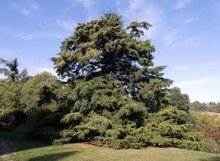

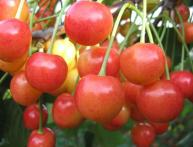

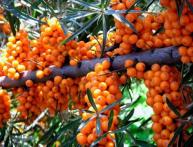

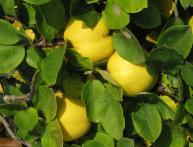
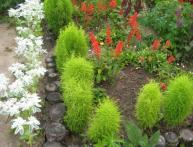
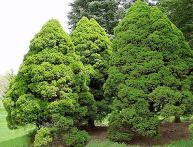
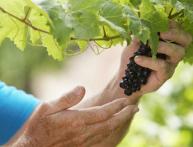
Comments
Well, wow, I didn’t know this and never even thought about it. It always seemed that cedar is cedar) It’s funny that we essentially eat pine nuts) I always thought that cedar was different from most conifers.